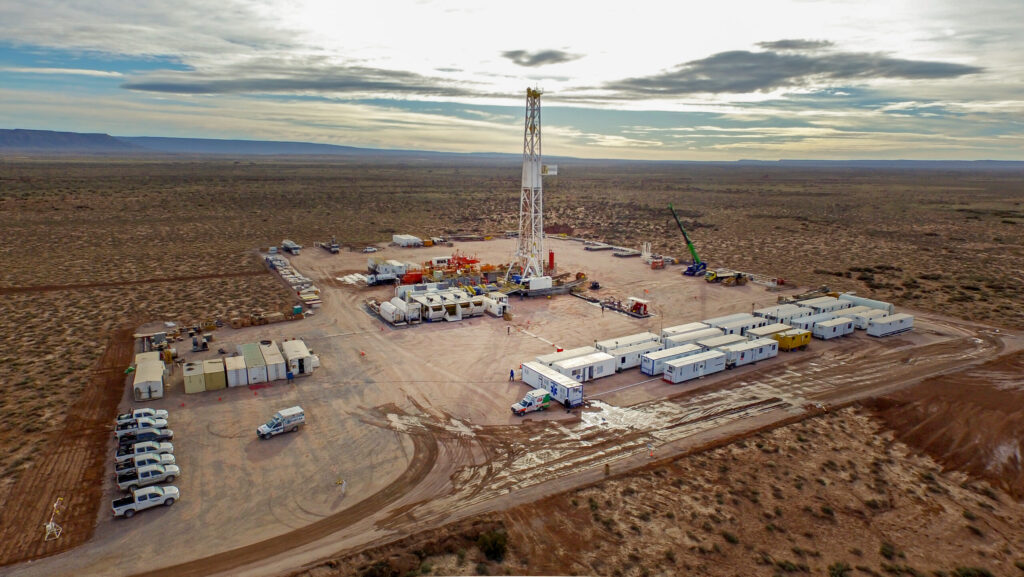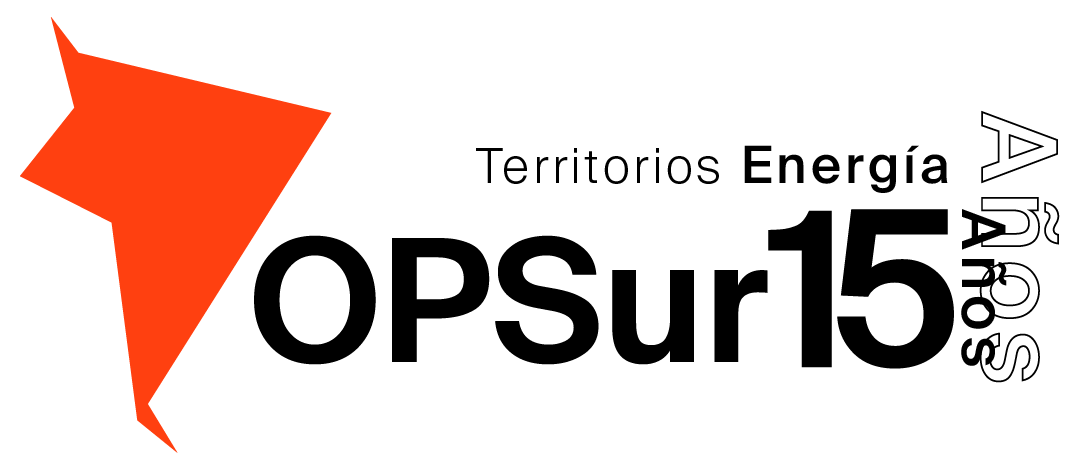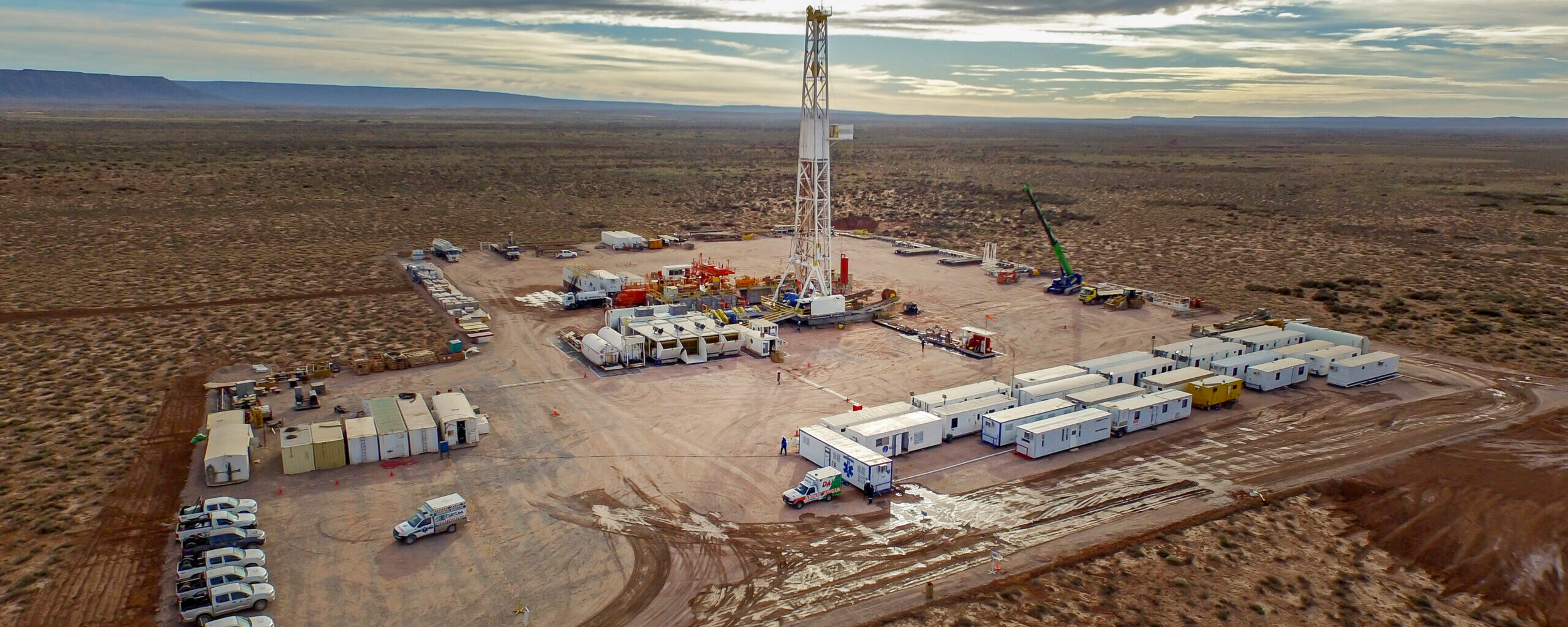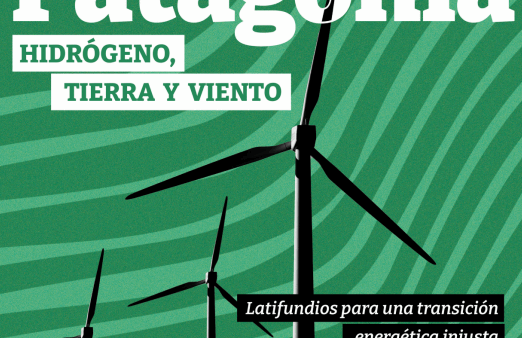By the end of 2023, state-run YPF plans to drill one or two horizontal wells in the new shale play Palermo Aike, targeting 6.6 billion barrels of recoverable oil resources.

By Patricia Garip / Gas outlook.- Argentina is racing to drill for more oil and gas in new shale and deepwater frontiers including at Palermo Aike that will take years to develop, belying the country’s net-zero climate commitments.
State-controlled YPF, Argentina’s leading hydrocarbons producer, is revving up hydraulic fracturing, an intensive drilling practice better known as fracking, in the giant Vaca Muerta shale formation in Neuquén province. Long stymied by transport bottlenecks, Vaca Muerta drilling is gaining momentum as a result of new infrastructure projects, encouraging investment by YPF, local private-sector competitors and big foreign oil companies including Shell and Chevron.
Vaca Muerta accounted for a full 40% of YPF’s 503,000 barrels of oil equivalent (boe/d) of oil and gas production in 2022, driving an overall year-on-year increase of 7%, the biggest jump in 25 years, the company boasted in early March. Output could skyrocket in line with pipeline construction and plans to build a liquefaction terminal in conjunction with Malaysia’s state-owned Petronas, with an eye on meeting LNG demand driven by Russia’s war in Ukraine.
Despite Vaca Muerta’s already vast resources and the risk of an LNG glut in Europe, YPF announced that it will now bring its fracking experience to the Palermo Aike shale formation in the Austral basin in deep southern Santa Cruz province.
In a quarterly earnings call in early March, YPF CEO Pablo Iuliano touted 16 billion barrels of recoverable oil in Vaca Muerta and “other opportunities for further growing oil production in Argentina in the medium to long term.” By the end of 2023, YPF plans to drill one or two horizontal wells in Palermo Aike, targeting 6.6 billion barrels of recoverable oil resources. And the company sees the potential for another 7.5 billion barrels in deep waters off the coast of Buenos Aires, where YPF plans to drill one exploration well later this year. The two frontier projects comprise the main thrust of YPF’s US$550 million in capital expenditures earmarked for 2023-2027 in the company’s new Strategic Outlook.
In Palermo Aike, YPF has partnered with CGC, an oil company owned by Argentinian conglomerate Corporación América, in the Paso Fuhr block. CGC holds multiple Austral basin licenses and started fracking in Palermo Aike in 2021.
YPF’s upstream expansion plans come as no surprise to Argentinian environmental NGO Observatorio Petrolero Sur (OPsur). “Sadly YPF, our flagship company, acts as a beachhead in projects to promote extreme energies,” OPsur coordinator Hernán Scandizzo told Gas Outlook. “It did this in Vaca Muerta and it is doing it by promoting hydrocarbon development in deep and ultra-deep water. It’s the same with Palermo Aike.”
According to a July 2022 study conducted by Dutch sustainability nonprofit Profundo and commissioned by climate NGO 350.org, Vaca Muerta has enormous external costs that are disregarded by Argentina’s government, multilateral institutions and banks eager to stabilize the country’s perpetually rocky finances. “In all the individual narratives which are gradually creating an environment for exploiting the Vaca Muerta basin, the societal costs have been neglected,” the study noted, citing the potential for trillions of dollars in carbon liability, unpaid health care costs related to air pollution, oil spill costs, and future stranded assets, far eclipsing Vaca Muerta’s estimated proceeds.
One of the study’s authors, Profundo equity analyst Gerard Rijk, says Argentina’s government is responsible for addressing these social costs, rather than YPF which is clinging to its traditional business model like other oil companies do. “The government should cover the interests of all the Argentinian people. Like many other governments, they are only thinking about their own proceeds,” Rijk told Gas Outlook. “They think external costs like damage to climate, biodiversity, and health are paid by other countries. It’s free ridership.”
Deteriorating economy
Argentina’s deteriorating economic conditions and entrenched debt woes are hardening the false narrative that hydrocarbons will solve Argentina’s problems, says 350.org senior Latin America campaigner María Victoria Emanuelli. And in an otherwise polarized landscape, the country’s main political forces are aligned in favour of oil and gas in the run-up to elections in October.
“This should be a time to debate these issues, but here, on the contrary, the elections are driving an even greater push for oil and gas,” Emanuelli told Gas Outlook.
During YPF Day at the New York Stock Exchange in early March, Argentina’s influential economy minister Sergio Massa, a possible candidate to succeed unpopular incumbent president Alberto Fernández, boasted of Palermo Aike as Vaca Muerta’s “little brother.”
“At a time when the climate crisis makes a socio-ecological transition more urgent, rather than making proposals along those lines, the Argentinian authorities seem determined to set off carbon bombs,” Scandizzo said.
Argentina’s Environment and Sustainable Development Ministry did not respond to a request for comment on the compatibility between YPF’s drilling plans and the country’s climate pledges.
YPF’s plans are “extremely worrisome,” says the International Institute for Sustainable Development (IISD), a Canadian think tank whose scenario analysis of pathways limiting warming to 1.5°C indicates that there is no room for new oil and gas development globally. “Beyond the expected pollution and damages to local ecosystems, the YPF Strategic Outlook is in clear contradiction with the Paris Agreement goal of limiting warming to 1.5°C.” Argentina is a signatory to that agreement, and in 2021 it updated its Nationally Determined Contribution (NDC) with a pledge not to exceed net emissions of 349 million tonnes of CO2e (MtCO2e) in 2030.
YPF’s frontier strategy also flies in the face of a growing consensus that the world is rapidly approaching peak oil demand, says Andrew Logan, senior director for oil and gas at Ceres, a Boston-based non-profit that works to accelerate sustainable capital markets. “YPF’s frontier projects would be coming online in a world that is demanding ever less oil. This strategy would have been defensible 10 years ago, but the low-carbon transition is now far enough along that investment in frontier resources looks extremely risky.”
Jazmín Rocco Predassi, climate policy coordinator at Buenos Aires-based environmental NGO FARN, sees broader implications for Argentina in YPF’s push into new fossil frontiers. “This is not just an environmental issue. It is an economic and social issue as well. When is Argentina going to make this connection?”





